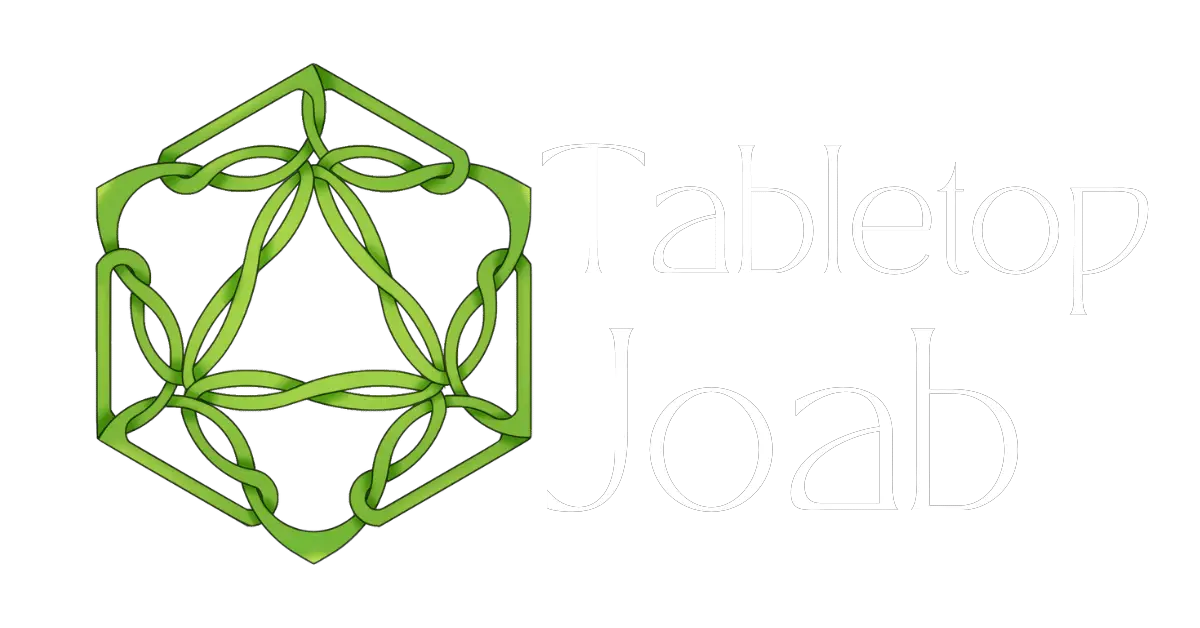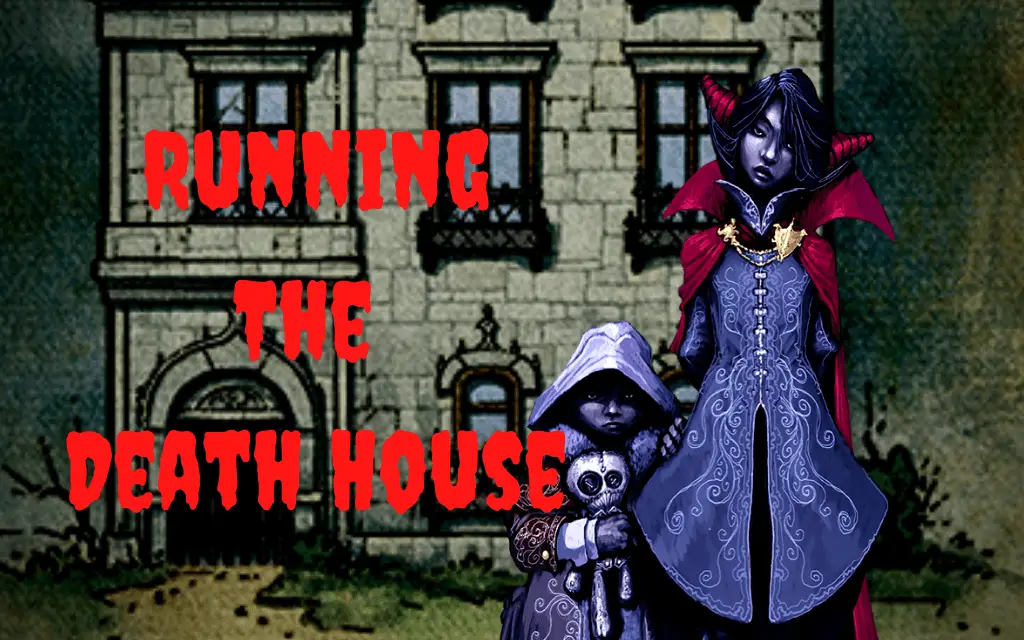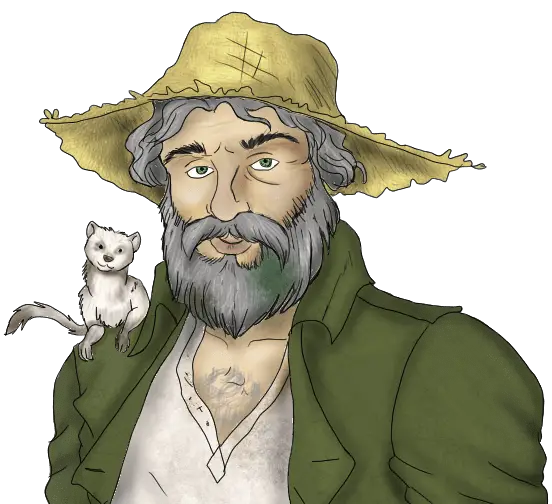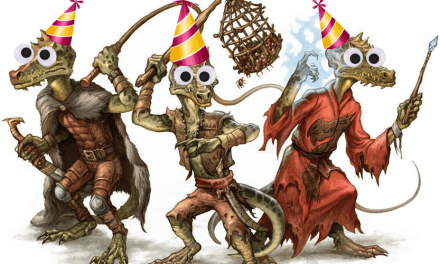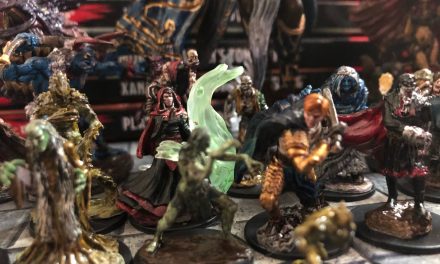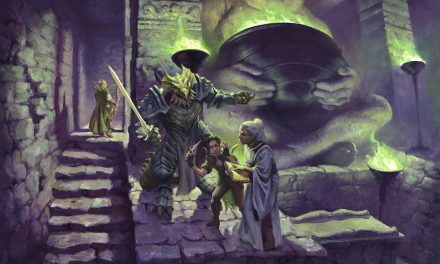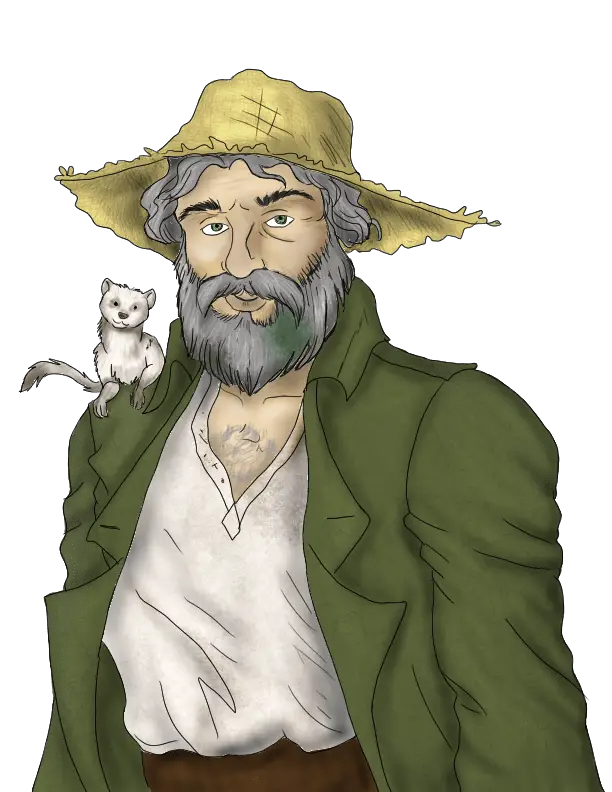There’s no shortage of fantastic adventure modules available for D&D 5e. However, you’d be hard-pressed to find someone who doesn’t put the gothic horror adventure,
At least in the top 3!
But this isn’t an article about
Such a well-written and popular adventure is bound to have plenty of memorable moments and locations. Few of those presented in this adventure, however, compare to the infamous Death House.
So today, we’re going to be taking a look at the Death House.
What is it? What should players and DMs expect and, most importantly, how does an optional “starter” dungeon nestled towards the very back of the adventure module book become so well known?
Be brave, dear reader, as you enter the haunted Durst Mansion.
But be warned: few who enter are fated to leave…
Spoiler Warning!
The Death House has become something of a “modern classic” for 5e players. If you haven’t played
Recommended: I Had an AI Make a D&D Character (and it got really weird!)
What is the Death House?
The infamous Death House serves as a type of introductory mystery/dungeon to the
In any discussion about this dungeon, most people tend to fall pretty firmly into one of two camps. People either absolutely love it or hate it!
So is the Death House good?
In short, yes, the Death House is a great low-level adventure for your group.
I’m a big fan of running it in my
However, there is enough information provided to add your own spins to the Death House. We’ll cover some of the changes that I make when I’m running this dungeon for my groups later in this article.
Running the Death House
The Death House is meant for a group of four level 1 characters.
By the end of the dungeon, the characters will be level 3. This sets the party up wonderfully to proceed into Barovia and the rest of the
If you have fewer players, it’s easy enough to remove some of the enemies or lower how much HP each enemy has.
Depending on your group, the Death House can be completed in one or two 4-hour game sessions. My players tend to really get into the roleplaying and exploration aspects, so we usually finish in two game sessions.
Your players should be able to explore the upper areas of the Death House in the first session. Once they’ve explored the first, second, and third floors (plus the attic if they find out how to get there!), it’s a good stopping point for your first session.
If you started at level 1, this is a good point to have everyone level up. Now that everyone is level 2, they can proceed downwards into the Durst Mansion’s dungeon level.
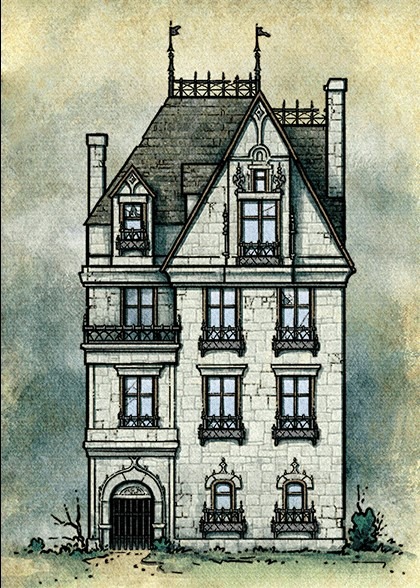
Death House Encounters
There are three encounters in the Death House (not including the Dungeon Level.) The first is a set of Animated Armor that is positioned to possibly push a party member down the stairs.
The second encounter is with a broom of animated attack. This fight should prove to be much easier than the Animated Armor.
Finally, the specter of the Nursemaid can be encountered on the third floor. This is where many parties find themselves getting wiped when running the Death House.
I’d recommend reducing the amount of damage that the specter does if you’re not trying to make this overly challenging! She can potentially one-shot any member of the party each turn with her Life Drain ability.
Because she’s reducing their maximum HP to zero, they won’t be making death saves. I generally reduce her life drain to deal 1d6 necrotic damage if we didn’t start the party at level 3. Honestly, even if the party is level 3, this can be a very tough fight!
Give the party a chance to rest and level up (if they started at level 1) before they work their way to the Dungeon Level.
In the Dungeon Level, the party will encounter a Grick and several undead.
Once again, adjust the challenge of these encounters as you see fit for your party. A big boss fight is coming up and you want the party to expend some resources, but still have some fight in them for the boss encounter!
The Dungeon Level’s final encounter is with a Shambling Mound.
When the party goes to escape, the house itself will be attacking them. However, this is more a set of skill challenges than combat.
Related: The Best Books That EVERY DM NEEDS To Read!
The Themes of the Death House in Curse of Strahd
Where the Death House really stands out is its use of theme.
Not only does the party piece together clues of the Durst family’s descent into madness, but they also get a sample of the themes present within the story to come in the
There is lots of foreshadowing for the story to come. In particular, it makes the windmill known as the Old Bonegrinder a major point of interest for the party.
(Quick side note: stop them from immediately going to the Bonegrinder. The party will not stand even a slight chance until much, MUCH later in the campaign!)
By the end of the Death House, there are three themes that should be firmly established in the players’ minds. We’ll look over those now.
Additionally…
Always remember: horror is a very personal thing. I’d greatly recommend also checking out my article on running horror in your own D&D 5e games!
Everything Will Be Corrupted
The nature of Barovia is that those things that were once good are destined to become corrupted. In fact, the more “good” something is, the more it “must” be corrupted.
This will ring true for several NPCs and locations as the party progresses into the
But the most terrifying part of this theme is that it also applies to the party themselves. They may come to Barovia expecting to be heroes, but the things that they will do and sacrifice for the sake of their own survival throughout the adventure will haunt them for the rest of their lives.
All things considered, though, that might not be terribly long… This is Barovia after all!
The Innocent Also Suffer
It’s natural to expect that villains are prone to suffering and getting their just desserts when it’s all said and done. That’s the foundation of storytelling for thousands of years!
However, what about those who just happened to be in the wrong place at the wrong time?
Unfortunately, the actions of the truly wicked mean that the innocents around them are also left to suffer. It’s possible to have been a good person who now lives a life of fear and misery as a result of another person’s evil actions.
So what purpose is there behind being a “good” person then? There might be some who have managed to mostly keep out of trouble, but they are very few in these lands.
This leads to the final theme that Death House establishes for the larger adventure…
Abandon All Hope
Surrounded by mists and living in fear of what could be behind any corner, those who come to Barovia find themselves tested. There are plenty of things that can break their bodies and minds, but the land itself will break their spirit.
The land is grim and desolate. Even (especially) the most ambitious of travelers have been crushed into dust by the horrors of this land.
Everything ends in tragedy and what hope the characters might have to escape Barovia will be snuffed out in time…
Barovia becomes a tomb for all who end up there.
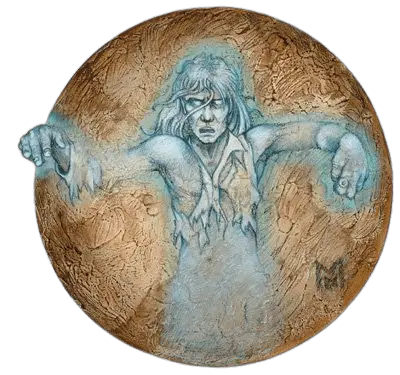
Making the Death House Better
As far as campaign openings go, the Death House does a lot to establish the themes that will be appearing throughout the
However, there are a few things that I have incorporated that have made my parties’ experience that much more terrifying and fun!
Plot Hook
As written, the plot hook is simply that there is a monster in the house. The children that the party encounters on the road (Rose and Thorn) are asking for help dealing with whatever entity is inside the house.
So there’s a certain level of “are we going to play D&D?” here. Ideally, everyone is happy to assist the children and play the game. However, that feels a little ham-fisted.
Add some emotion to the children’s request. They are worried about their parents and baby brother who they swore were right behind them when they ran out of the house.
If the party is reluctant, shine a little bit of gold their way. Rose and Thorn’s parents would surely be happy to pay the party for saving them!
The goal is to lure the party into the house. If they aren’t seizing the chance to be heroes, appeal to their love of coin and you’ll have all the hook you need.
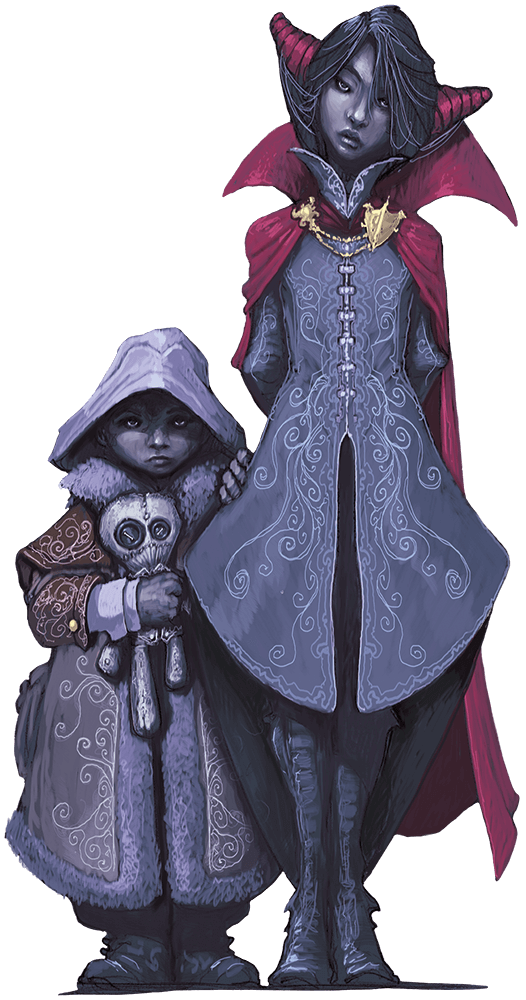
Also, as an important note, there are two major things that you absolutely should not do.
- Don’t call it the Death House. It’s the Durst Mansion or, if the kids are talking, “our home.” Nobody’s going to eagerly go rushing into something called the Death House.
- Absolutely do not show the party the image of the children in the book. The art style is fantastic, but the kids are possibly the creepiest thing in the book. The party will attack them. Use this art from u/DinaMeta on Reddit instead. (Trust me!)
Encounter Difficulty
The Death House is actually a very challenging dungeon. The nature of D&D 5e is that it is almost hilariously easier to die at lower levels than it is at higher levels even as tougher enemies appear.
You want this to be fun, scary, and challenging. Avoid making it an outright execution if you can!
As I mentioned, reducing the damage of the specter’s life drain is a good decision at this level. Consider also reducing the number of ghouls and/or shadows in the Dungeon Level.
At the very least, lower their hit points a bit.
Levels
The Death House is intended for a party of level 1 characters. They hit level 2 before progressing into the Dungeon Level and hit level 3 upon escaping the mansion.
I generally start my games at level 3. If you do this, have the party level up once they’ve escaped.
If you start at level 2, I’d say have them level up to 3 before they proceed into the Dungeon Level. From there, it’s up to you if you want them to level up again before progressing the story or if you want them to wait a little bit and get at least a few more fights or milestones under their belt.
Connections to Curse of Strahd Lore
Pay special attention to describing the various things that the party can find and interact with.
The décor, letters that can be found, and mentions of specific places give you ways to tie the Death House in with Barovia as a whole.
The descriptions in the adventure are pretty vivid and you might be tempted to gloss over some of them (especially if you haven’t read ahead in the full
You’ll find little elements that serve to foreshadow events to come. Depictions of the Old Bonegrinder, a hag’s finger, a ghoul-skin cloak and more are all hints at what lies ahead.
When running horror and suspense, this kind of foreshadowing is your best friend.
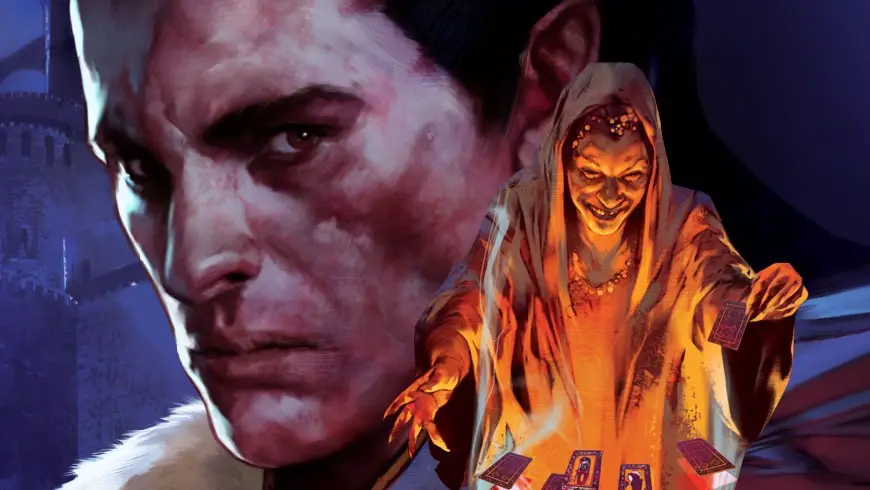
Add Extra Creepiness
This is literally a haunted house.
Not every spooky thing needs to have an explanation. Honestly, few spooky things should have an explanation.
Give little clues or observations that are simply meant to unnerve the players.
“You get the feeling that you’re being watched.”
“In the corner of your eye, you see a ghoulish figure that disappears as you turn to face it.”
Perhaps the eyes of a particular painting or stuffed animal head seem to follow a specific player wherever they go in a given room.
Whatever you do, keep a feeling of tension and unease at the table as you describe what the party finds as they explore the mansion.
A Personal Favorite Touch
A little touch that freaked out my current
When the Paladin looked at the model home, he realized that it was an exact model of the house that they were currently in.
There, in the attic of the model, were 4 dolls: each depicting the various party members. They were wearing the exact same gear but seemed to not have their faces painted on.
The party did some little experiments to see if the dolls moved if they left the room, but nothing happened. Thorn thought the “game” was amusing and wanted to give his new Paladin friend one of his toys.
Opening the large toy chest, the Paladin saw seemingly hundreds of small wooden figures just like the ones currently in the model home. Each seemed to depict an adventurer of some type. Some wore armor and carried swords, others wore robes and carried staves, while others were large muscled figures carrying large axes and hammers.
Each and every doll in the chest had a face painted on it, though. Looking over the dolls by the handful, each one showed an expression of pain and absolute terror.
The dolls in the model house remained untouched, but the players all gave each other the same look: they had to get out of here and fast.
However, having already promised their help to the spirits of Rose and Thorn, the only way they’d be getting out is by finding what lies beneath the house.
Conclusion
The Death House isn’t a mandatory part of the
There’s a lot going on in this adventure, but the Death House does a good job at getting the party acquainted with the themes and feelings of the rest of the campaign to come.
I can’t say that it’s perfect for every group. Honestly, the story behind the adventure is incredibly grim and might be off-putting to some groups.
It’s almost as difficult and disturbing as the Old Bonegrinder in the same adventure!
This is a dungeon that doesn’t pull punches and makes for quite the introduction to the land of Barovia!
You can find the Death House adventure here for free from Wizards of the Coast. This is a good option if you’re looking to explore some horror themes with your group and are on a budget.
It is also included in the Curse of Strahd adventure module on page 211 under Appendix B. Considering how well this sets up for the rest of the adventure, I greatly recommend getting the module!
What has been your experience with the Death House?
Let’s talk in the comments below!
